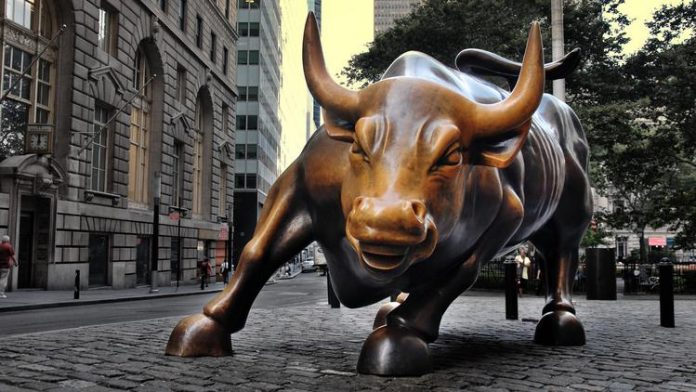Stocks opened higher this morning before flattening out several hours later. Following yesterday’s big gain, it’s not all that surprising to see this kind of response, especially when you consider that most major trading desks are now closed for the year.
Wall Street’s biggest automated traders – aka, “quants” – don’t trade from Christmas to New Year’s. This leads to reduced trading volumes during this time, which can encourage increased volatility. It also can hamstring breakout rallies because quants are all momentum-chasing.
They use advanced machine learning and computer science to code algorithm-based, automated trading systems. Hedge funds lean heavily on quants these days to outperform the general market.
But when quants are on vacation, prolonged bullish breakouts are far less likely. The S&P blew past resistance yesterday, reaching a new all-time high in the process.
During any other week, quants probably would have jumped on that breakout again this morning, sending equities even higher.
This week, though, the quants aren’t available to “goose” share prices like normal. That’s why stocks are stalling. But come January, that all could change. And fast.
“We’re going to have a very strong January,” said Navellier & Associates founder Louis Navellier this morning, referencing yesterday’s major gain.
“If we can rally on light volume, we’re going to get an explosion to the upside when the volume increases in January.”
Navellier’s prediction makes perfect sense. If stocks can avoid a year-end rout this week, the impending surge in trading volume should see share prices soar as the “January Effect” takes hold.
JPMorgan’s chief market strategist, Dubravko Lakos-Bujas, recommends buying riskier, higher beta stocks (ones that tend to move “faster”) in preparation for an equity boom.
“In particular, outside of the Big 10 stocks in the U.S., equity drawdowns and multiple derating have been severe,” he said.
“Some argue this price action is a harbinger of late-cycle dynamics or at least an intra-cycle 10-20% market correction. In our view, conditions for a large selloff are not in place right now given already low investor positioning, record buybacks, limited systematic amplifiers, and positive January seasonals.”
Lakos-Bujas also explained that investors are “back to paying record premium” for the market’s lower volatility names. This has made the market’s already narrow-breadth even narrower as investors dumped higher volatility stocks in favor of “safer” mega-cap shares.
To nimble-minded traders, however, this may present a huge opportunity for outsized gains over the next month. High beta stocks look like a bargain compared to their low beta counterparts, which Lakos-Bujas said can be attributed to the market taking “the hawkish central bank and bearish Omicron narratives too far.”
He continued, adding:
“Performance in the hedge fund space has been poor lately with many giving back multiple quarters of gains. This resulted in forced liquidations and deleveraging at a time of low liquidity, triggering extreme stock price action, especially across the High Beta stock complex.”
Traders willing to buy the high beta dip may reap big rewards if that “extreme price action” flips to the upside. There’s still plenty of uncertainty in the market, of course, but investors have a knack for adhering to seasonal tendencies. Does that mean a bullish January is waiting for us on the other side of the New Year?
Probably. And it might not matter how many new Omicron infections there are, either, once the quants get back in on the action next week.








